Industrial electrical cabinet is an important device in the industrial electrical system, used for distribution, control, and protection of power sources. It plays a crucial role in ensuring the safety and stability of the electrical system while providing flexibility and convenience in managing and operating electrical equipment. In this article, we will learn about industrial electrical cabinets, including their definition, functions, design, and relevant regulations.
Role and Functions of Industrial Electrical Cabinets
Power Distribution and Control
Industrial electrical cabinets play a crucial role in power distribution and control within industrial systems. They help divide the power supply from the main source and provide energy to various devices and machinery in factories or industrial areas. Through switches and circuit breakers, industrial electrical cabinets allow flexible and safe control and adjustment of power to electrical equipment.
System Protection
Industrial electrical cabinets play an important role in protecting the electrical system from potential damages or hazards. They are equipped with protective devices such as automatic circuit breakers, fuses, switches, and current sensors to detect faults and disconnect the power when necessary. This helps prevent incidents such as overloading, short circuits, and electrical arcing, ensuring the safety of the system and electrical equipment.
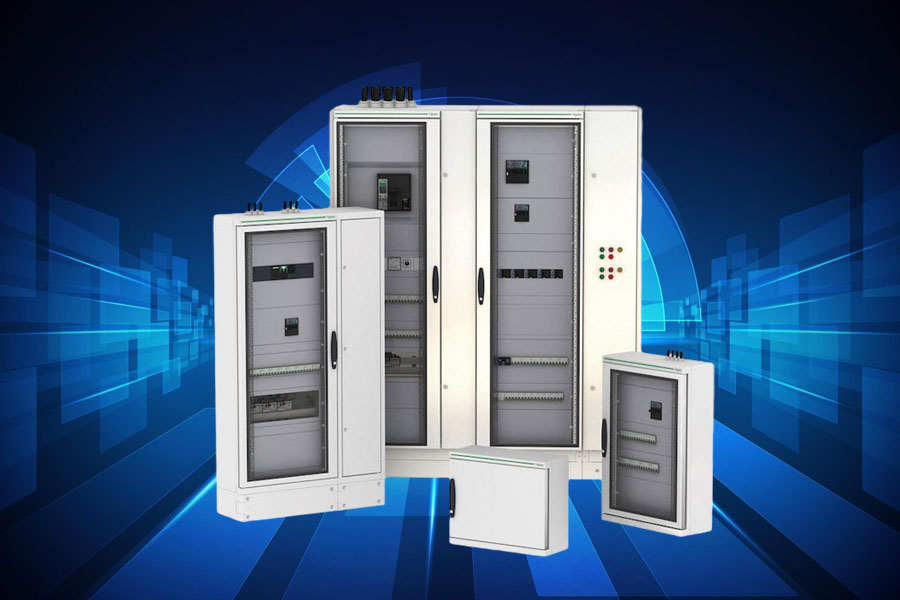
System Management and Monitoring
Industrial electrical cabinets provide effective system management and monitoring capabilities. Through control panels and measuring panels, operators can monitor and control electrical parameters such as current, voltage, and power. They also provide information about the operational status of devices and systems, helping operators detect faults early and perform regular maintenance to ensure stable operation and high performance of the electrical system.
Design and Structure of Industrial Electrical Cabinets
Design and Size of Industrial Electrical Cabinets
The design of industrial electrical cabinets often depends on specific application requirements and applicable technical standards. The size of an industrial electrical cabinet can be determined based on the quantity and dimensions of the electrical devices inside. Additionally, it needs to be designed for easy access, installation, operation, and maintenance.
Structure and Materials of Industrial Electrical Cabinets
Industrial electrical cabinets are typically made from materials that are fire-resistant, corrosion-resistant, and resistant to environmental impacts. The cabinet enclosure and frame are made of carbon steel or stainless steel, with protective coatings such as powder coating or galvanization to enhance durability and longevity. Furthermore, cabinets may be insulated with materials such as plastic or fiberglass to prevent the risk of electrical contact.
Ventilation and Cooling System
Industrial electrical cabinets are often equipped with ventilation and cooling systems to reduce the internal temperature and ensure the stable operation of electrical devices. This system includes cooling fans, ventilation grids, and appropriate vents to create airflow and cool the cabinet.






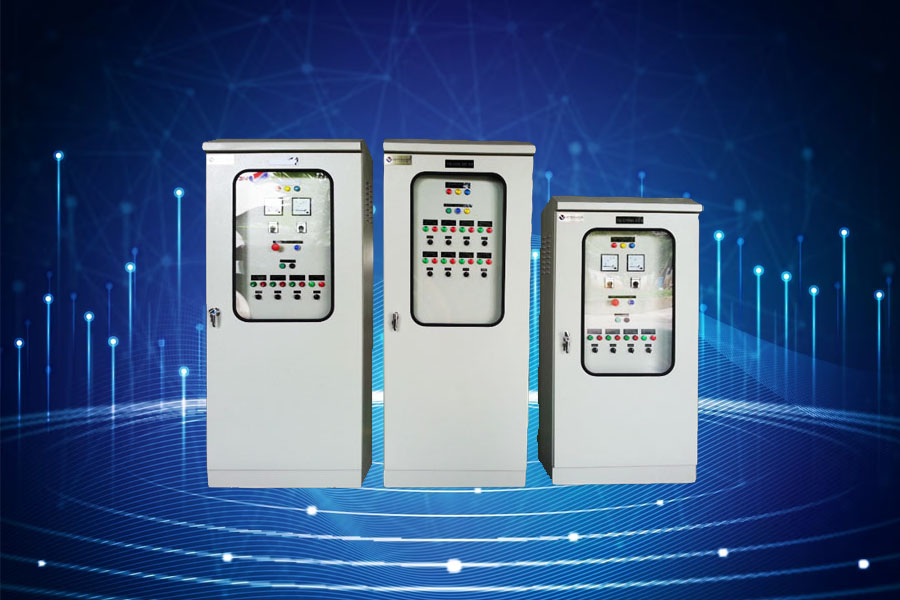
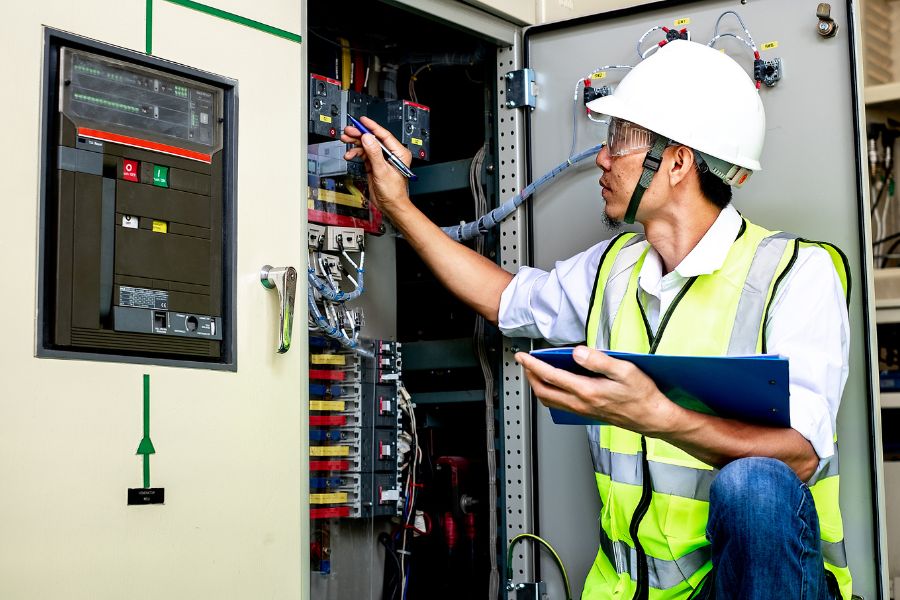
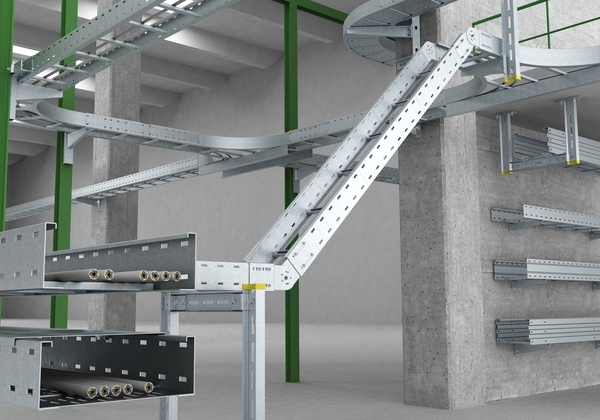
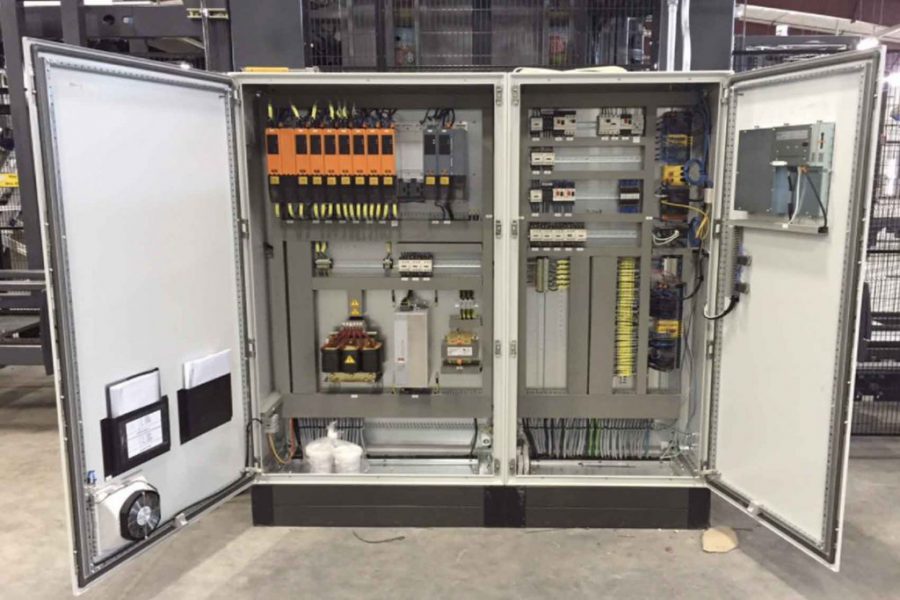
Bình Luận